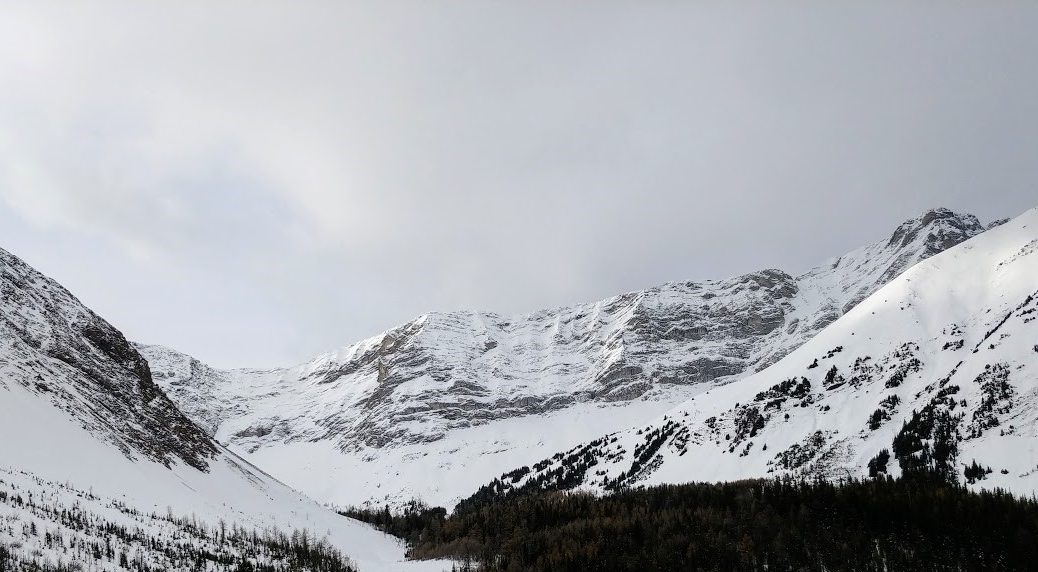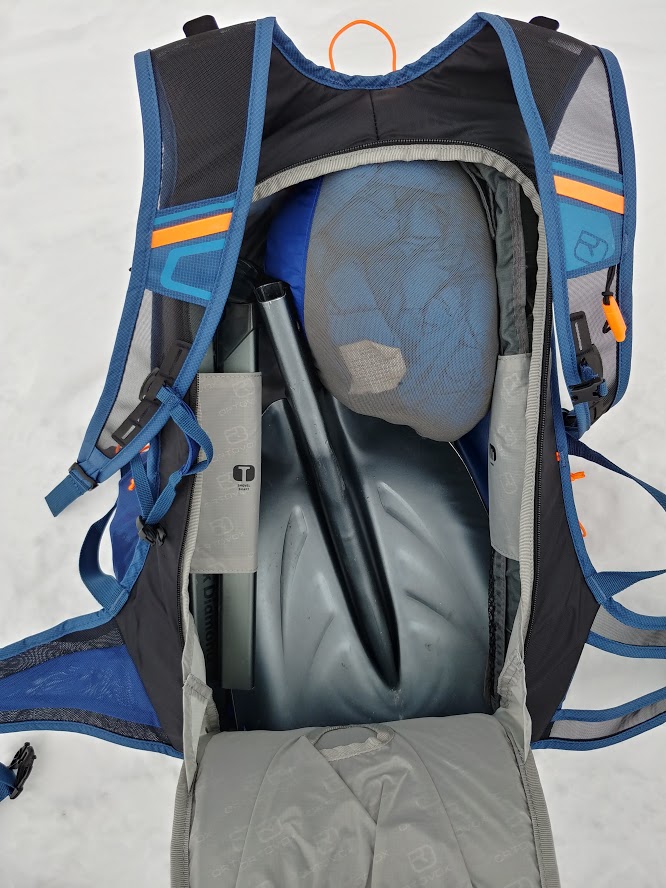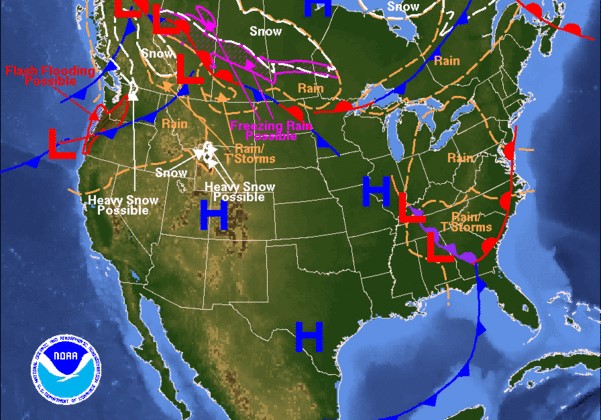
Early Season Avalanche Safety Refresher for Backcountry Skiing
It feels like just yesterday we were enjoying long, sunny days and drinks on patios, but now the days are getting shorter and definitely getting colder. You may even have seen some snow fly already depending on where you live. This weather is started to get us excited for the upcoming ski season and all of the epic snow adventures we hope to have. But before heading out to the mountains, there are a few things you should do and think about to help you have a fun and safe season.
Give Your Gear an Inspection
This isn’t directly related to avalanche safety, but if your gear is in bad shape, your overall safety could be at risk. Make sure you give everything a quick once over – your skis, bindings, boots, transceiver, and skins are the most important items to take a look at, but give your pack and outer layers a check too if you can find time.
When looking at your bindings, you’ll want to check binding screws to make sure they’re nice and tight (mounting screws and any small screws on the binding itself). Check for cracks in any plastic bits, look for air between the ski and bindings, and verify your heel spacing (if necessary). Check your skis for delaminations, bases for core shots, and give those bad boys some fresh wax!

Pull those skins out of storage, peel them apart (preferably when they’re cold if they’re stored glue-to-glue) and take a look at the skin glue. Make sure it hasn’t started glopping or sticking to itself too badly and check that the tip and tail connectors are still in good shape. If there are bare spots where there is no glue or if it has picked up a lot of crud it might be time for new skins or a re-application of skin glue.
Check any screws on your boots and ensure the walk mode lever operates as expected (a touch of grease on the lever pivot point wouldn’t hurt). Take a look at the toe and heel for cracks and make sure any tech fittings are nice and tight and not too worn.
As for your transceiver, assuming you stored it with no batteries in it, get some fresh batteries and fire it up. Make sure it boots up properly and definitely test it with another beacon before heading out to the backcountry (see practice searches below). Also take a look at the manufacturer’s website to see if there are any outstanding firmware updates or recalls (Ortovox transceiver owners take note). If your transceiver is over 10 years old, get a new one!!!
Read the Avalanche and Weather Forecasts
As tempting as it is to just hop in the car with some friends and go for a hike, take the time to do a bit of research beforehand. In some areas they are already forecasting avalanche conditions, so check your local avalanche safety organization. If they aren’t forecasting yet, use your best judgment but err on the side of caution. Conditions can be highly variable and localized in the early season, so carefully check out the slope you’re going to ski (or a similar slope).

Also be sure to check the weather. Early season storms can come out of nowhere and can really change conditions drastically. Wind loading is also prevalent this time of year while a base is forming, so take note of wind direction, both current and for the last week or two. Looking at historical temperatures can give you an idea if any bad layers may have formed too.
Practice, Practice, Practice
Beacon searching, that is. Get a few friends together and bury a transceiver or two in a field somewhere. Grab a beverage afterwards and make an event of it. You don’t necessarily need to be in the mountains to practice search – you just need enough snow to bury a beacon. Deep snow is better of course, as you can deeply bury a beacon and practice probing and shoveling as well, but even a shallow burial search is much better than nothing.
The idea is to familiarize yourself with your transceiver after a long summer apart. If you have a new model this year, this is the perfect time to learn all the new features, practice marking targets in a multi-burial situation, and get your technique dialed in.
Route Planning
Hopefully you stash your maps and guide books somewhere you’ll remember after the summer. If not, do some searching! Having a route dialed in before heading out for a tour is a key aspect in staying safe. Ideally you’ll want to let someone know what your planned route and return time are so they can call the authorities if you don’t make it back.
At the very least have a chat with your touring group and plan a rough ascent and descent route for the day/weekend/whatever. It’s always good to have a back-up plan in case of an unexpected storm as well.
Watch for Thin Snowpack Areas
Thin areas can be everywhere in the early season, as there hasn’t been a ton of snow falling yet. Thin snowpack areas (aka shallow snowpack) are dangerous because they are likely trigger points for avalanches. You’ll commonly find thin spots around rocks or rock outcroppings, so use caution in these areas. Sometimes they are unavoidable on your route, but do your best to minimize the consequences if something goes wrong – spread out the group and choose the lowest risk path.
Never Stop Learning
This applies to all of us, no matter how much experience we have in the backcountry. Re-read your favorite avalanche safety book (here’s a good list), take a new course, get out with someone more experienced and ask them questions. These are all great ways to expand your knowledge of avalanche safety and assessing risk, and believe it or not, there are things you’ve forgotten since last season. Bottom line – never assume that you know it all – there are always new things to learn.
Closing Thoughts
Well there you have it…just a few tips to get you in the right mindset for the upcoming season of alpine touring, hitting new objectives, and skiing some excellent powder. If you have any other early season or avy safety refresher tips, leave them in the comments below.